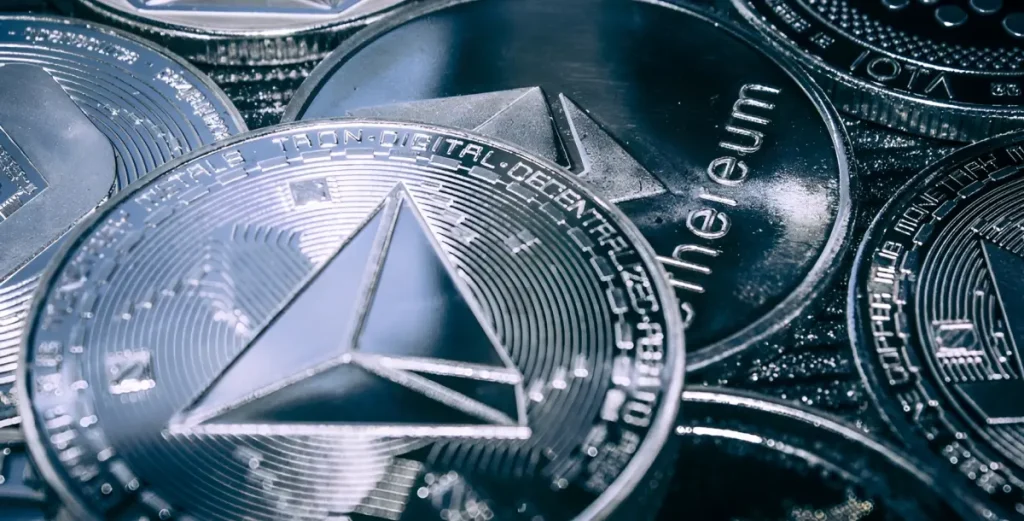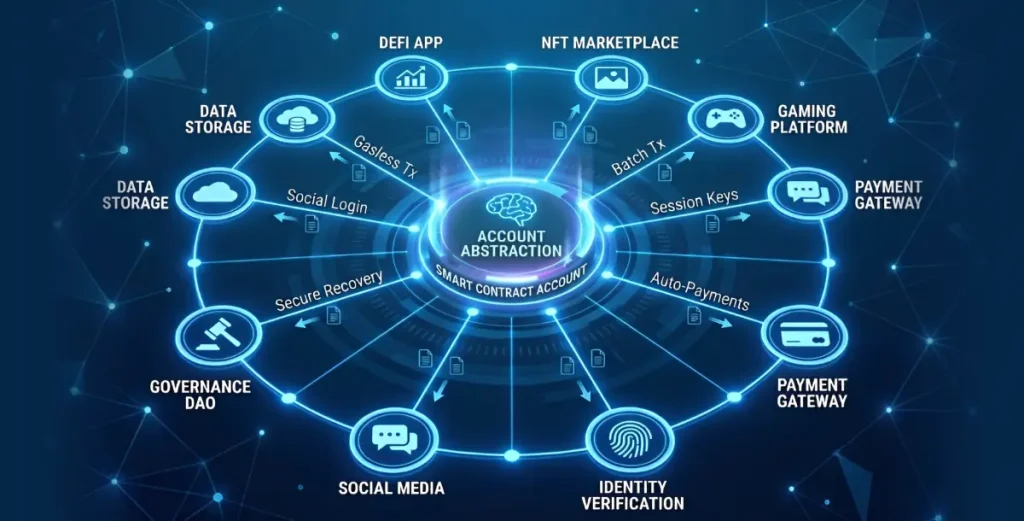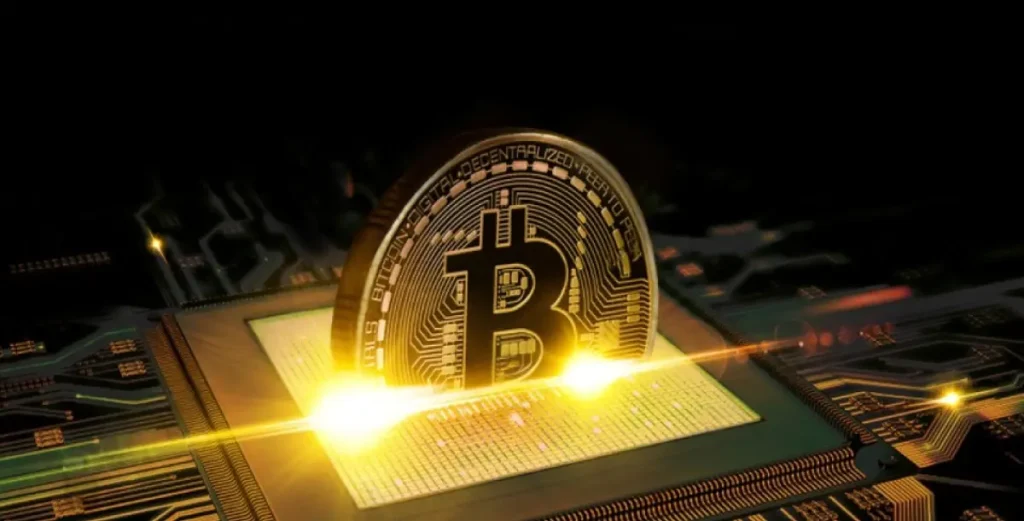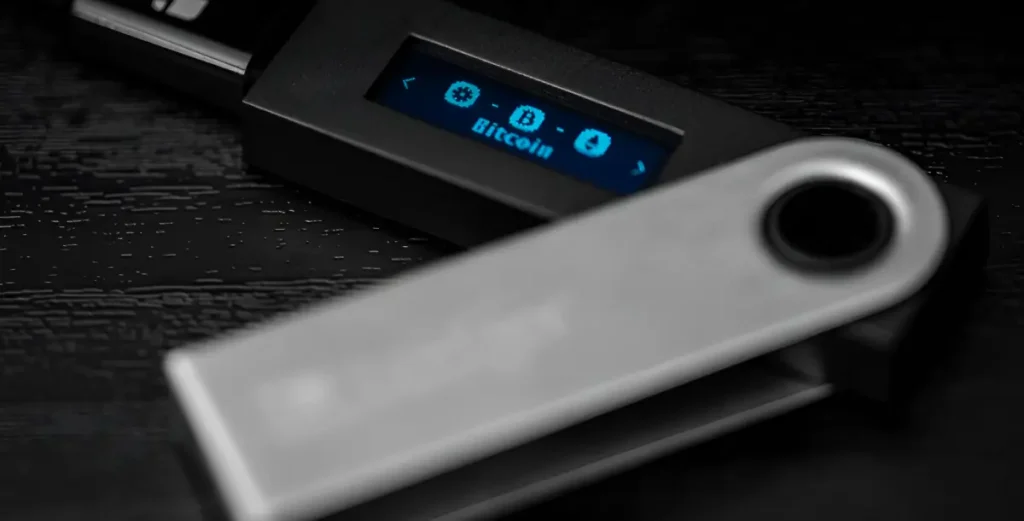Cryptocurrency tokens power many digital business models—from payments and loyalty programs to DeFi platforms and fundraising tools. Two of the most widely used token standards are ERC20, which runs on Ethereum, and TRC20, which runs on TRON.
While both use Solidity-based smart contracts, they differ significantly in terms of performance, cost, ecosystem support, and regulatory perception.
Blockchain Infrastructure and Transaction Dynamics
ERC20 tokens are based on the Ethereum blockchain, which transitioned to Proof-of-Stake (PoS) in 2022. It uses the Ethereum Virtual Machine (EVM), supports thousands of validators, and offers a block time of approximately 12 seconds. Ethereum is widely recognized for its strong decentralization and institutional credibility.
TRC20 tokens run on TRON, a Delegated Proof-of-Stake (DPoS) network with around 27 validators. Its architecture prioritizes speed and cost-efficiency, with block confirmations every 3 seconds and throughput exceeding 100 transactions per second. TRON uses the Tron Virtual Machine (TVM), which is Solidity-compatible but not EVM address-compatible.
ERC20 is more decentralized and widely adopted. TRC20 offers better performance and scalability at lower operating costs.
Cost, Speed, Ecosystem, and Security
Before comparing technical performance, it’s useful to understand what businesses typically do with ERC20 or TRC20 tokens.
In practice, companies use these standards for a wide range of activities:
-
Payments and Remittances: Cross-border payouts, salary disbursement, vendor settlements, or B2C microtransactions.
-
Trading and Liquidity: Launching tokens that are traded on centralized or decentralized exchanges (CEXs/DEXs).
NFT and Gaming Platforms: Using tokens for in-game purchases, NFT minting, or rewards.
Loyalty and Rewards Programs: Issuing tokens as part of customer retention or incentive programs. -
Tokenized Assets and Fundraising: Launching stablecoins, utility tokens, or fractional ownership tokens tied to real-world assets or DeFi applications.
The choice between ERC20 and TRC20 directly affects the efficiency, scalability, and user experience of these transactions.
Transaction Fees & Speed
ERC20 transfers cost between $0.20 and $5+, depending on network congestion. Ethereum processes 15–20 transactions per second.
TRC20 transfers are nearly free—often less than $0.01—and TRON processes over 100 transactions per second in real-world conditions.
Ecosystem Support
ERC20 tokens are universally supported across crypto infrastructure. They integrate seamlessly with mainstream wallets like MetaMask, Trust Wallet, and Coinbase Wallet, and are natively usable across top DeFi platforms and DEXs such as Uniswap, Aave, Compound, and many others. This means ERC20 tokens can plug into virtually any crypto product or platform, enabling faster go-to-market, broader user accessibility, and liquidity from day one.
TRC20 tokens, on the other hand, require TRON-specific wallets such as TronLink or Exodus. While TRON-based stablecoins like USDT-TRC20 dominate in payment use cases, especially in Asia and high-volume remittance corridors, TRC20 tokens don’t have the same universal compatibility across Web3 apps, wallets, and exchanges.
The implication for businesses is simple. ERC20 gives you access to a larger, more mature, and highly interoperable ecosystem, ideal for DeFi, tokenized assets, or community-driven use cases.
TRC20 offers cost-effective infrastructure for high-frequency payment flows, but with fewer integrations and more siloed tooling
DeFi Integration
Ethereum continues to dominate the DeFi landscape with a diverse and composable ecosystem. Its DeFi stack includes lending (Aave, Compound), decentralized exchanges (Uniswap, Sushiswap), stablecoins (DAI, USDC), asset management protocols, derivatives, and DAO infrastructure. This means businesses building on ERC20 can plug into ready-made financial primitives, such as borrowing against tokens, launching tokenized assets, or integrating yield strategies.
TRON, by contrast, has a narrower DeFi focus, primarily centered on stablecoin transfers and lending protocols like JustLend and SunSwap. While it supports some DeFi activities, the ecosystem is less composable and has fewer integrations.
Ethereum’s rich DeFi environment enables companies to build end-to-end financial services, automate treasury management, issue complex tokenized instruments, or participate in liquidity networks. TRON is better suited for single-purpose, high-throughput use cases like payments, remittances, or lightweight consumer apps—not full-scale financial platforms.
Security
Ethereum benefits from a mature ecosystem, frequent audits, and a decentralized validator network.
TRON has faced issues with centralization and recently revealed a 2024 exploit involving wallet permissions, which highlighted the risks of a smaller validator set.
Choose ERC20 for full access to DeFi, institutional tools, and wallet interoperability. Choose TRC20 if speed, cost-efficiency, and throughput are your operational priorities.
Regulatory Fit, Developer Experience, and Use Cases
Regulatory Environment
Ethereum is broadly trusted by institutions and regulators. ERC20 tokens are used for compliant stablecoins (e.g., USDC, DAI), DAOs, and fundraising.
TRON has faced scrutiny—particularly around its founder, Justin Sun, and associated entities charged by the U.S. SEC. While TRC20 tokens are not banned, legal caution is advised in jurisdictions with stricter crypto enforcement.
Developer Tools
ERC20 enjoys a mature development stack (Hardhat, Truffle, OpenZeppelin) and extensive documentation.
TRC20 development is faster and cheaper to deploy but has fewer dev resources and community support. For Ethereum-native teams, switching to TRON requires some adaptation.
Token Issuance Strategy
ERC20 is best for governance tokens, tokenized assets, investor-grade tokens, and long-term value capture.
TRC20 is ideal for high-frequency, consumer-facing use cases like micropayments, gaming rewards, remittance, and mobile-first loyalty programs.
Example scenarios:
-
A DeFi platform or tokenized fund → ERC20
-
A cross-border rewards or tipping app → TRC20
Which Should You Choose?
ERC20 remains the go-to standard for institutions, exchanges, DeFi developers, and projects that require liquidity, visibility, and regulatory stability. TRC20 stands out for businesses operating at high transaction volume with slim margins—where low fees and fast confirmation times directly impact profitability.
In summary, use ERC20 for maximum integration, liquidity, and reputation. Use TRC20 when you need speed, scale, and affordability.
ChainUp offers full digital token infrastructure support from issuance and custody to exchange, smart contract development, and regulatory tooling. Whether you’re launching a tokenized business model or scaling an existing platform, we provide the flexibility and compliance you need to succeed.
Get in touch to find the right standard and infrastructure stack for your blockchain-powered business.




